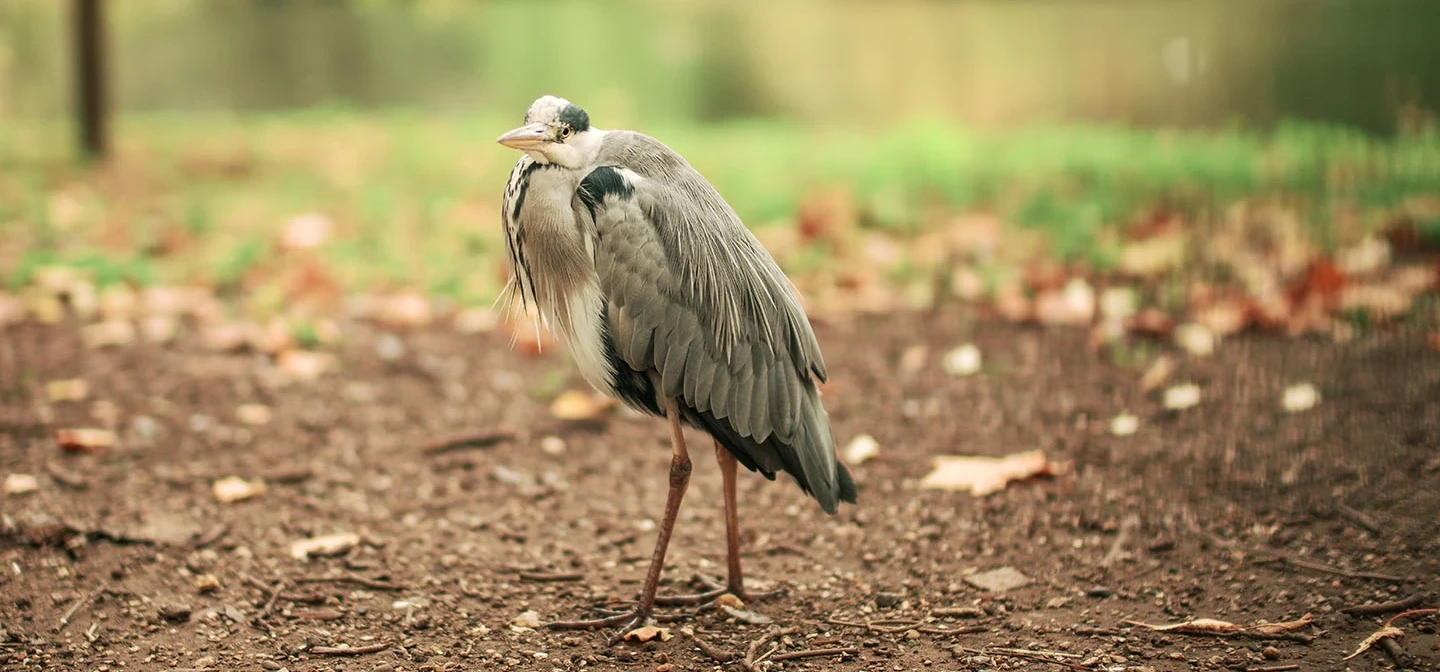
Wildlife in St. James's Park
Key information
Pipistrelle bats, hunting at dusk. Tortoiseshell butterflies amongst the flowers and nettles. Reed warblers and dragonflies at the lakeside edge
St. James’s Park – a wildlife haven in the heart of the city.
Wildlife habitats in St. James’s Park
St. James’s Park is a rich mix of open grassland, reedbeds, wildflower meadows, and more than 1,200 trees. The St. James’s Park lake, covering a fifth of the park, is an oasis for much wildlife including over 40 species of water bird.
Duck Island and West Island, are mini wildlife sanctuaries, providing nesting sites and refuges for many smaller birds such as robins wrens, and blue tits, as well as woodpeckers and tawny owls.
The reedbeds, to the west of the lake, and north of Duck Island, are key conservation habitats which we’re working hard to protect and develop. They have boosted the biodiversity of St. James’s Park, as well as filtering out pollutants and oxygenating the water. As you stroll past, you may well hear reed warblers or see dragonflies perched on the stems, or spot a little grebe diving for invertebrate prey.
St. James’s Park is one of the busiest Royal Parks, so finding protecting the wildlife and ecosystem of the park, and welcoming the many people who visit, is a delicate balancing act.
The trees of St. James’s Park
St James’s Park is well known for its avenues of tall, broad-leaved, plane trees stretching the length of The Mall and Birdcage Walk. Plane trees are a landmark London tree – helping to filter out airborne pollutants, as well as providing plenty of shade for visitors. Willows and fig trees border the lake and the sight of ornamental cherry trees in full blossom signals the start of spring for many regular visitors. One of the fig trees was voted a Great Tree of London by the public.
Birds and bats in St. James’s Park
In migration season, resident mallards, moorhens and coots are joined by tufted ducks flying in from Iceland and northern Europe. You’ll see their tails and their tufted heads as they duck and dive to feed. Looking out over the lake, you may spot shelducks and wigeons, teal and pintails and goldeneye ducks.
About 20 minutes in warm weather after the sun goes down, the bats come out – you'll most likely spot them flitting over the lake as they hunt for flying insects. The pipistrelle, smallest of the British bats, has an impressive appetite for insects – most average around 3,000 mosquitos or insects a night.
Wildflowers at the waters’ edge
St. James’s Park welcomes millions of visitors each year. That’s a lot of footfall, not to mention the webbed feet of ducks and geese – resulting in some big bare muddy patches around the lake. To combat this, we’ve laid wildflower mats and sown wildflower seed around the lake.
These rich lakeside wildlife habitats add to the habitat mosaic across the whole park – encouraging new pollinators and providing shelter and forage for a wide range of species, including birds, invertebrates and small mammals.
Wildlife and parklife – a delicate balancing act
The Royal Parks are unique urban parklands, where people and wildlife can come together. Our responsibility as The Royal Parks charity is to balance the best interests of the people, animals, birds, plants and the planet for future generations.